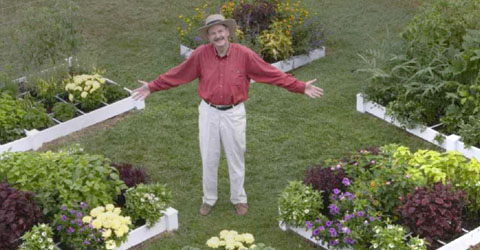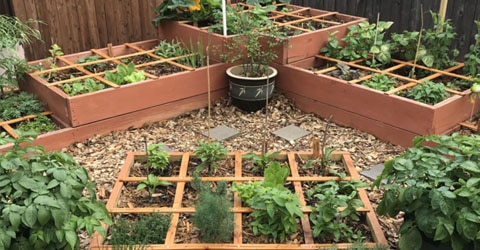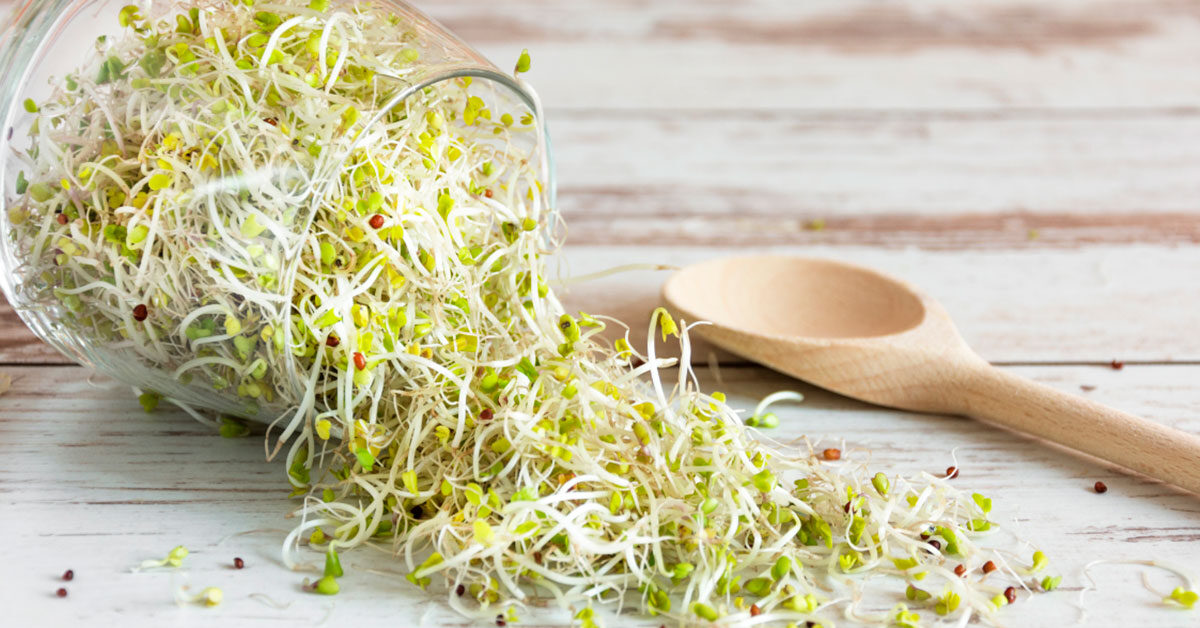
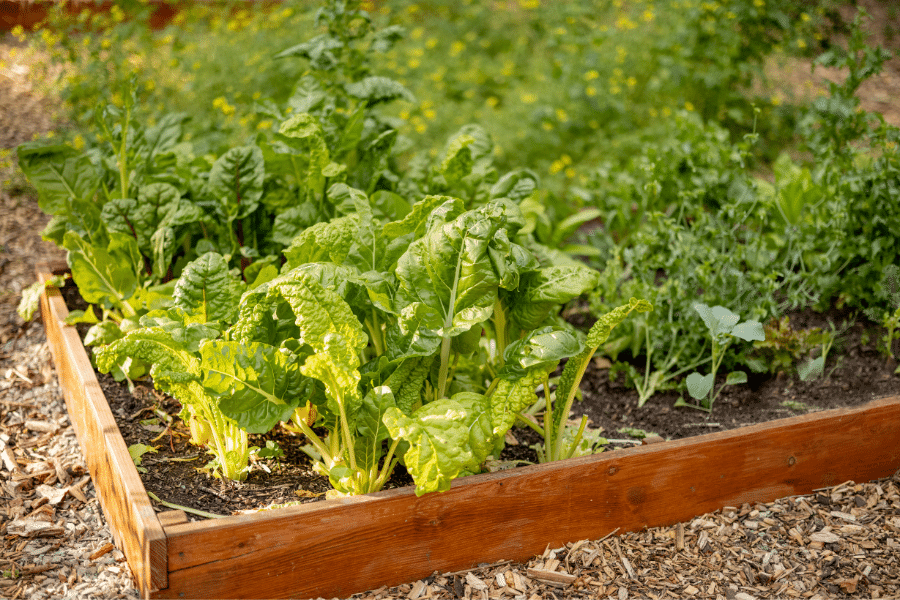
Gardening, especially sustainable gardening, has amazing benefits for your health, your diet, and the environment. Although it does require an upfront investment of time and money, it doesn’t take long to start seeing some positive returns!
Here’s what you need to know to start growing your own food at home—with as little waste as possible.
What Are the Benefits of Sustainable Gardening?
The work and patience needed to have a successful garden can pay off in big ways. As you tend the soil, sow the seeds, and tend the plants, you’re doing both your body and the environment a favor.
Having your own sustainable garden makes it easier—and tastier!—to follow a whole food, plant-based diet.
Health Benefits
The most obvious perk of starting a sustainable garden is having immediate access to nutritious food. Since focusing on sustainability means eliminating the use of pesticides and herbicides, you don’t have to worry about chemical residue. And when produce is picked and prepared or preserved at peak ripeness, you get the highest possible concentration of nutrients. Growing your own food also allows you to diversify your diet by experimenting with a wide variety of vegetables and fruits that aren’t always easy to find at grocery stores.
Gardening provides additional benefits for physical and mental health. Planting, watering, mulching, and weeding get you outside in the fresh air and keep you moving, which helps to bust stress and boost your mood. As you grow and harvest food, you’ll be motivated to keep working on your garden and will be more inclined to eat nutritious meals made with the literal fruits of your labor.
Environmental Effects
A sustainable approach to gardening takes environmental impact into account, which provides additional benefits:
- Your personal environmental footprint gets smaller because the food doesn’t have to travel to get to your plate.
- You have the option of creating a circular system in which you eat the food, compost the scraps, and feed the garden with the compost.
- You use less packaging since the food is never wrapped or put into bags.[1]
- You can improve both soil and plant health by planting “nitrogen fixers” like beans.
- Plants develop strong root systems as they grow, which helps the soil stay in place and reduces runoff and erosion.
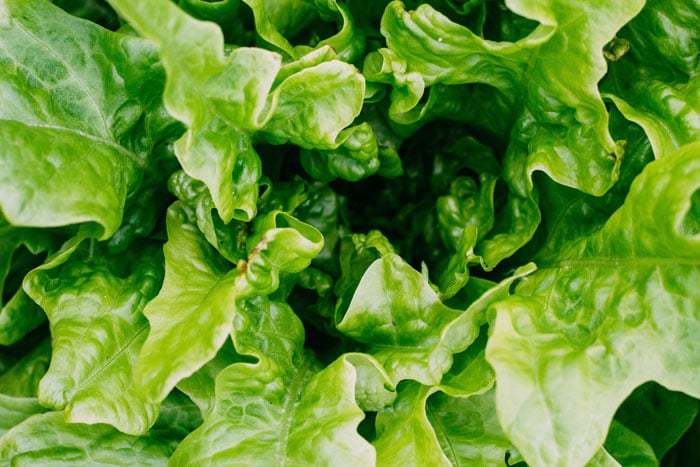
Getting Started With Sustainable Gardening: Tips
Even if you’ve never had a garden before, it isn’t hard to get started with your own sustainable growing space. The first step is education: Learn which veggies are the easiest to grow and what can be planted together for best results. Find out how to maximize whatever space you have using raised beds, vertical space, and intensive planting. You’d be surprised how much you can grow in just a small area.
But you can only get a good yield if the soil is healthy. Organic soil amendments and natural fertilizers improve soil health without adding chemicals. Research the options available in your area, and choose products produced with the lowest environmental impact.[2] (You might even be able to get some for free!)
What you plant has an effect on the environment, too. Choose plants that grow well in your area, including ornamentals like shrubs, grasses, and flowers. These require fewer inputs and can help attract natural pollinators like bees and butterflies.[3] Purchase heirloom seeds whenever possible—you can keep seeds from your harvest to plant again instead of buying new seeds.[4]
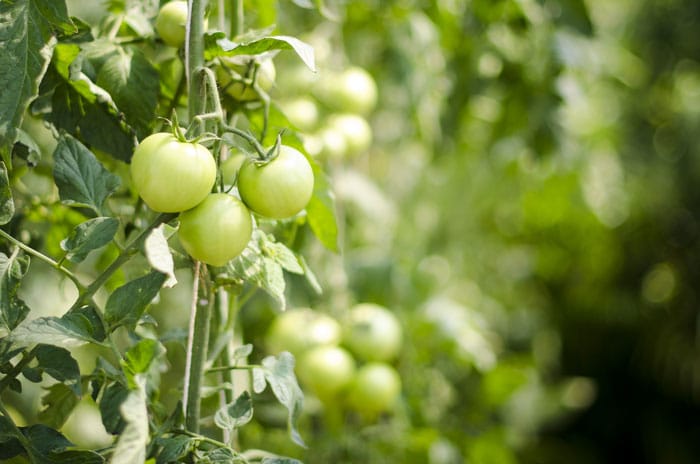
As you’re tending your garden and caring for your lawn throughout the season, save any compostable organic matter. This includes grass clippings and leaves, vegetable and fruit scraps, and even coffee grounds. Start a compost heap or bin, and continue adding to it over time to create your own nutrient-rich fertilizer.
To reduce how much water plants need to grow, hold moisture in the soil using natural mulch like hay. Set up a rain barrel to act as a water reserve, and use low-water options like drip hoses for irrigation instead of spraying the garden with a hose.[5]
If you need help with your sustainable garden during the growing season, look for local gardening workshops or clubs where you can get your questions answered and pick up tips from experienced gardeners.
Gardening for a Whole Food, Plant-Based Diet
Having your own sustainable garden makes it easier—and tastier!—to follow a whole food, plant-based diet. You always have a convenient source of fresh produce right outside your door that you can harvest any time to make colorful, nutritious dishes.
When you garden with your family, it gets everyone involved in the process of growing, harvesting, and cooking or preserving the food. Preserving what you can’t eat right away not only locks in peak nutrition to enjoy in future months but also reduces the amount of food you have to buy over the winter. That’s a win-win for nutrition and sustainability.
If you don’t have any space to garden at home but want to lower the environmental impact of your whole food, plant-based lifestyle, consider one of these options:
- Getting space at a local community garden
- Joining a community-supported agriculture (CSA) program through a local farm
- Trying out some home gardening kits
You don’t have to grow everything you eat to have a positive impact. Whether you try sustainable gardening with just a few plants or get ambitious with a sprawling backyard spread, you’ll be making a difference for both the environment and your health.
References
- “Why We Should Grow Our Own Veg.” The Vegan Society. July 12, 2019. https://www.vegansociety.com/news/blog/why-we-should-grow-our-own-veg.
- “Sustainable Gardening For Dummies Cheat Sheet.” Dummies.https://www.dummies.com/home-garden/gardening/sustainable-gardening-for-dummies-cheat-sheet/.
- University of California. “Sustainable Home Gardening.” UC Master Gardener Program of Sonoma County. http://sonomamg.ucanr.edu/Sustainable_Home_Gardening/.
- Qutab, Marina. “How Growing Your Own Food Can Benefit the Planet and Why You Should Consider It. One Green Planet. April 05, 2021. https://www.onegreenplanet.org/environment/how-growing-your-own-food-can-benefit-the-planet/.
- Vyas, Akriti. “Helpful Tips for Growing Food at Home — Sustainable Living.” Medium. August 10, 2020. https://medium.com/climate-conscious/helpful-tips-for-growing-food-at-home-sustainable-living-2b15a877862e.
Copyright 2025 Center for Nutrition Studies. All rights reserved.
Deepen Your Knowledge With Our
Plant-Based Nutrition
Certificate
Plant-Based Nutrition Certificate
- 23,000+ students
- 100% online, learn at your own pace
- No prerequisites
- Continuing education credits



